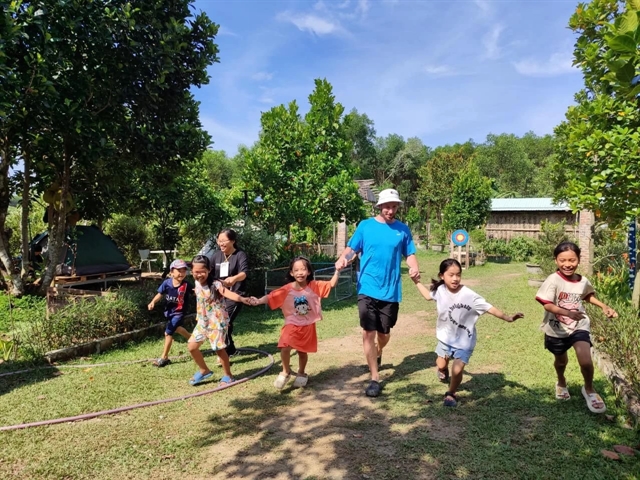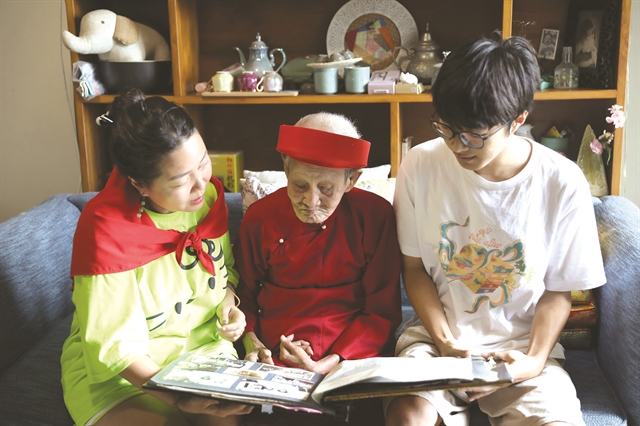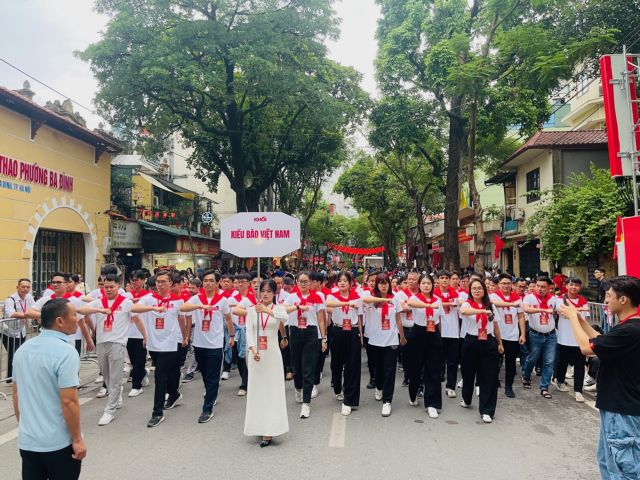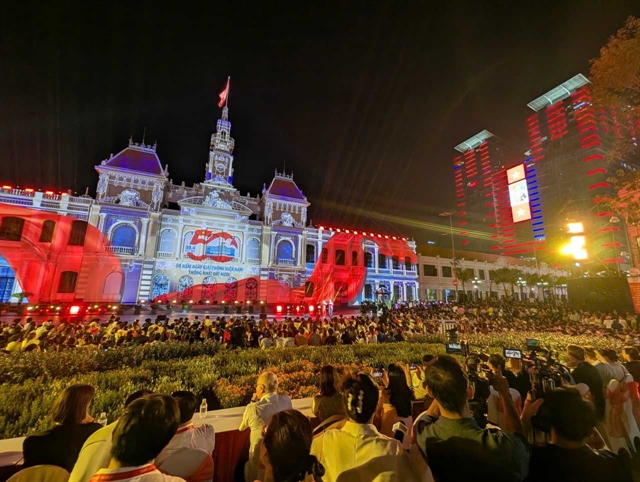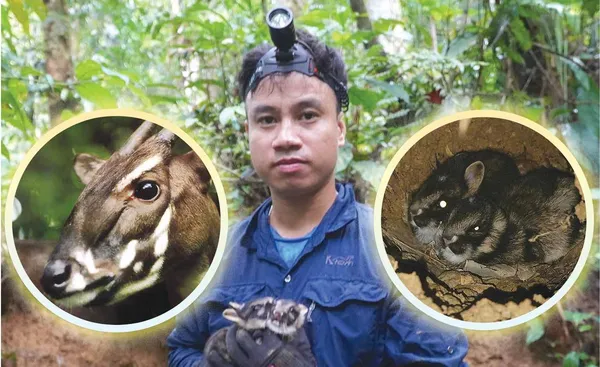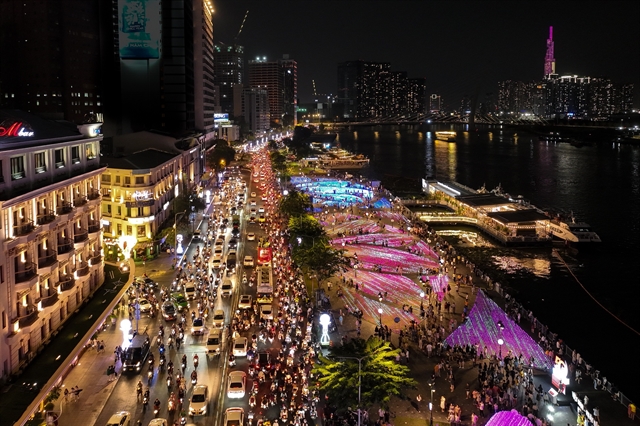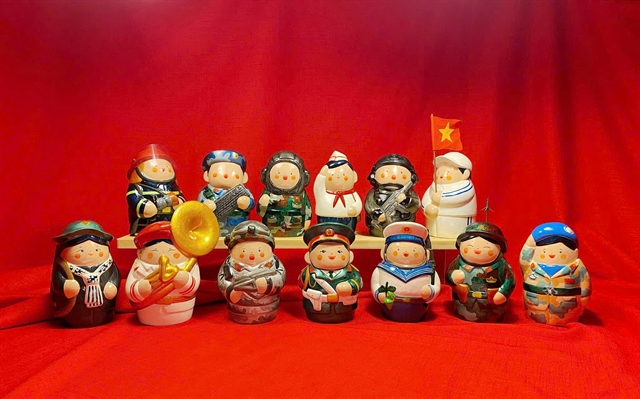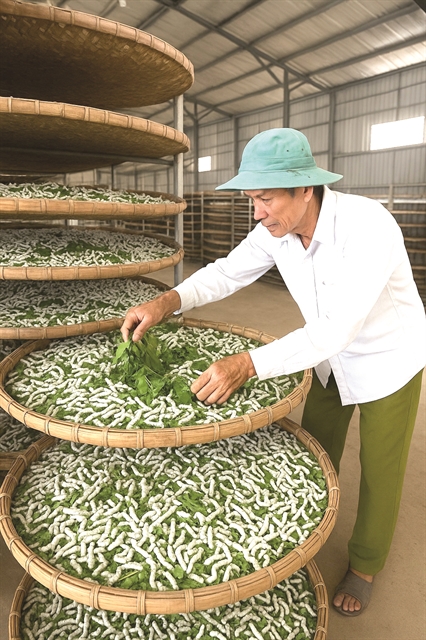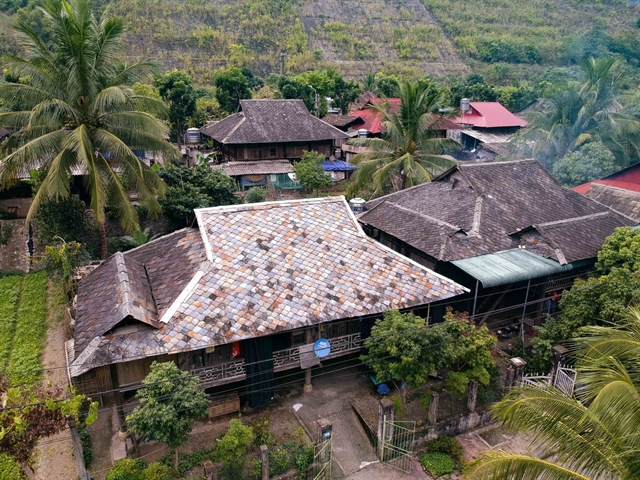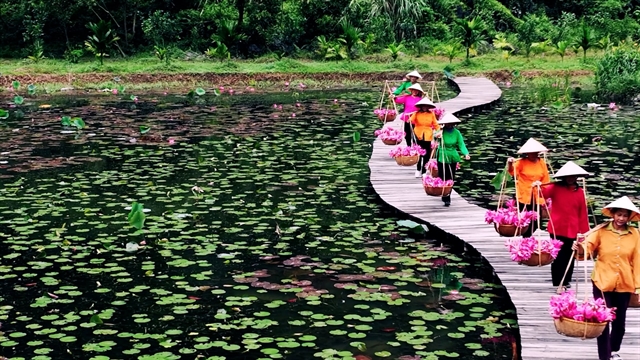
Mũi Né Antiquities Museum is considered the first private antiquities museum in the coastal area of Lâm Đồng Province that is home to tens of thousands of valuable artifacts and contributes to cultural promotion and tourism development.

Amidst the rhythm of life in the mountains and forests, the sound of the đàn tính and the lyrics of then have become familiar melodies, nurturing the souls of generations of Tày and Nùng people in Bắc Ninh Province.

The province boasts numerous renowned landscapes with significant historical and cultural value, making it an ideal spot for green tourism.

Hải Anh Commune in Ninh Bình Province is long famous not only for its ancient tile-roof bridge of Lương Pagoda -- a dragon-shaped relic of over 500 years old, but also for the traditional art wood carving craft, and now art painting.

Painter Nguyễn Thị Mộng Bích observed the world with the pure, tender sensibility of a woman - sincere, compassionate and unostentatious.

Đào Minh Tiến, a disciplined military-trained YouTube vlogger from Hưng Yên, captures Việt Nam’s true spirit through quiet daily moments. Inspired by early travels like Cao Bằng, he shares the country’s beauty beyond its famous landscapes.

The Hygge Farm, a small farm about 30km from Hội An ancient town, has become a popular destination for international volunteers and young families looking for authentic experiences.

When heritage is well-preserved, it transforms into a shared treasure - no longer viewed as distant relics of the past, but as integral parts of community identity that foster both remembrance and future aspirations

As Việt Nam celebrates 80 years of independence, centenarian Nguyễn Văn Mỹ reflects on the pride felt at Ba Đình Square in 1945 and shares his hopes for the future generations who will lead the nation forward.

Việt Nam News reporter Nguyễn Khánh Chi spoke with some of the overseas Vietnamese participating in the 80th National Day celebrations, capturing their reflections, emotions, and sense of pride as they embrace this meaningful responsibility.

Reassessing its multilayered and diverse cultural heritage, from urban architecture and folk beliefs to traditional arts and industrial memory, is viewed as a key to developing a sustainable, identity-rich tourism sector.

Conservationists and researchers have been tracking the saola, or Asian bicorn (Pseudoryx nghetinhensis), one of the world’s rarest large mammals, in central Việt Nam, in nature since the latest photo of the endangered species was captured by a camera trap in Quảng Nam Province in 2013.

From the bustling nightlife of HCM City to the emerging evening scenes in Đồng Tháp and Cần Thơ, the night-time economy holds enormous potential for Việt Nam’s tourism industry.

The collection, called Vinh Quang Việt Nam (The Glory of Việt Nam), is inspired by the dreams of children who hope one day to become people who protect and build the country.

Industry leaders agree that the revival of Bảo Lộc silk must be built on co-operation, modernisation, branding, and the training of new artisans.

From stately sedans to endearing “frog” taxis, the journey of classic cars in the city is more than a tale of preservation, it is a heartfelt pursuit by those who refuse to let memories fade.

The VCF has been striving to innovate performances, create experimental programmes, and invite international artists to perform in order to captivate modern audiences. The artistic performances are meticulously crafted, featuring top circus performers, many of whom have won prestigious awards on the international stage in recent years.

Currently, Mường Lay boasts 1,192 traditional stilt houses across an area of 112 square kilometres, achieving a density of 10 houses per square kilometre, the highest in the country for the White Thái ethnic community.
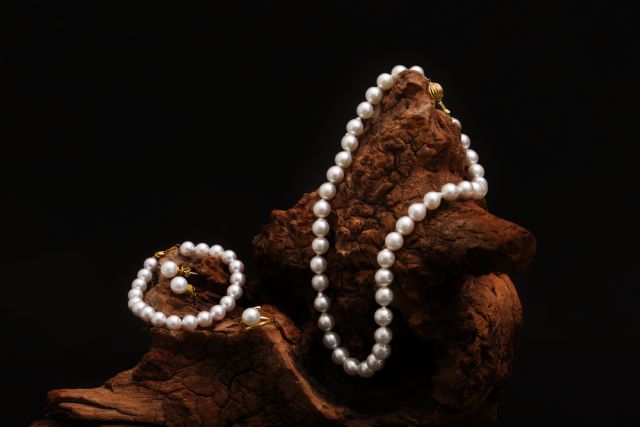
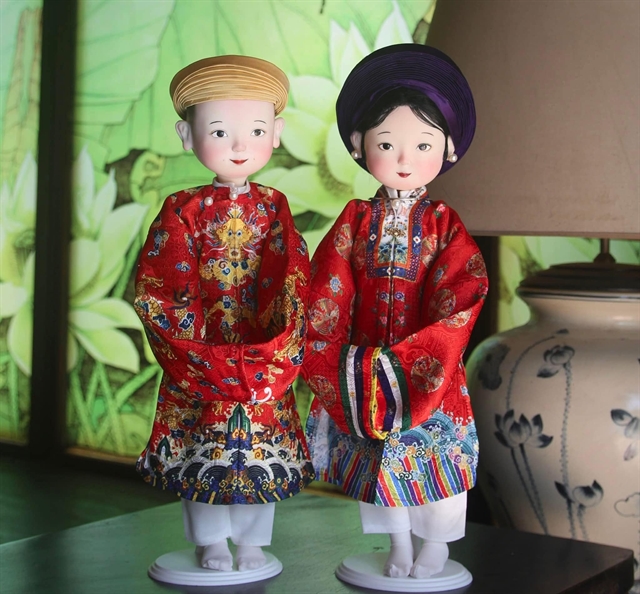


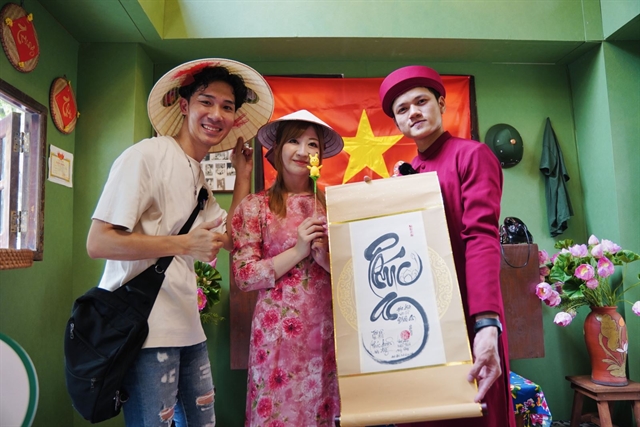
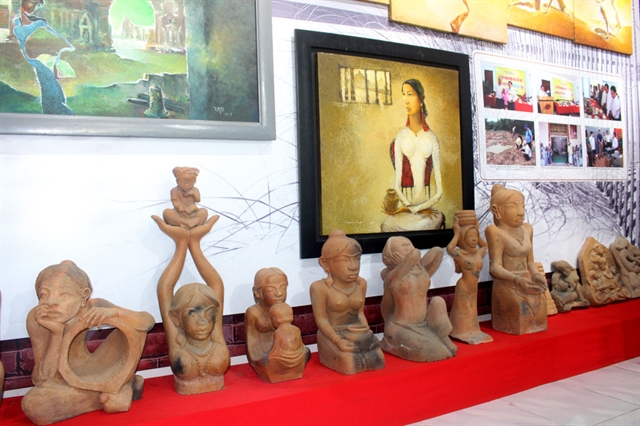
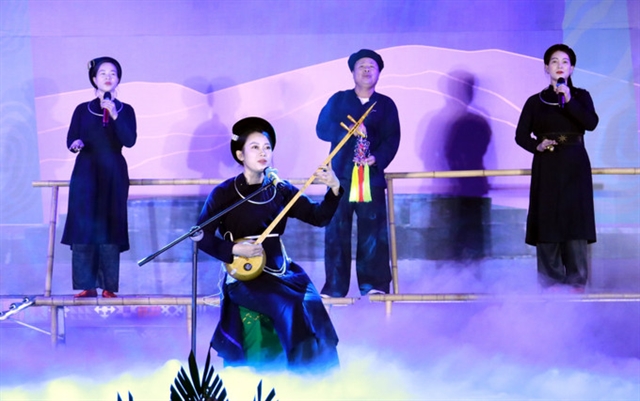
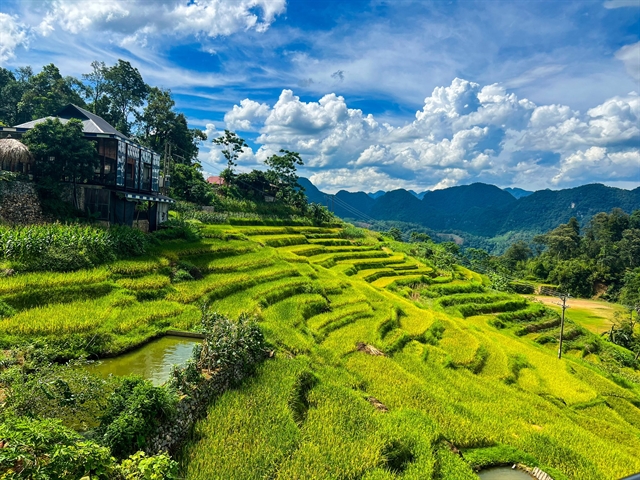
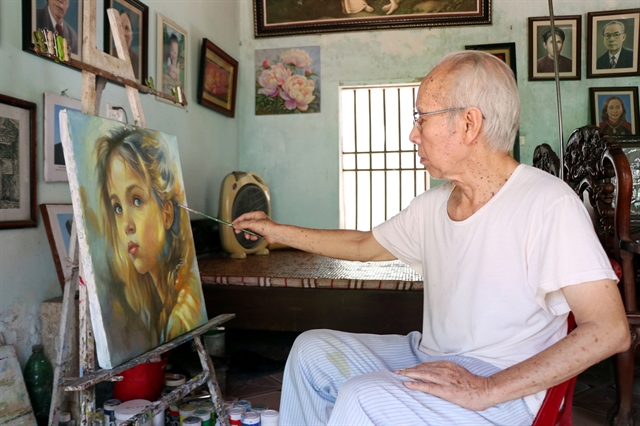
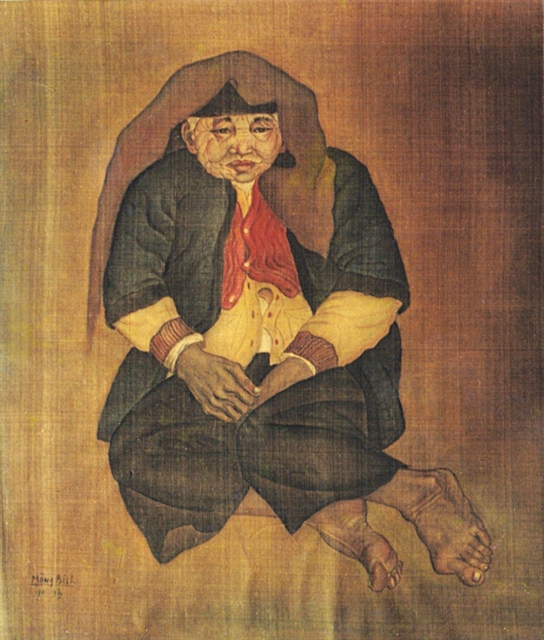
.jpg)
